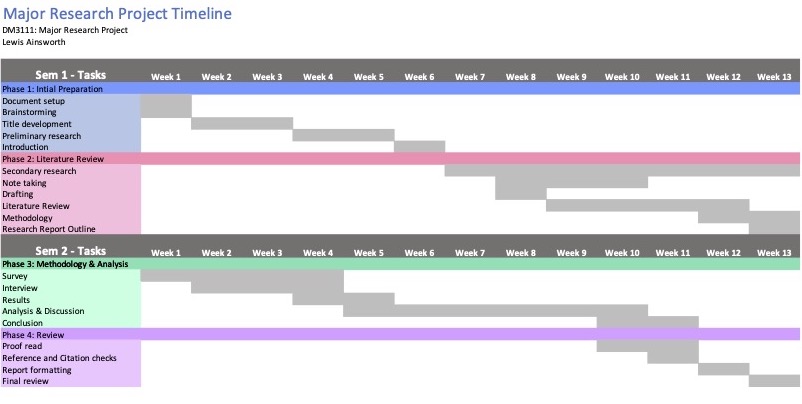The process of gathering secondary research proved to be fairly time consuming. I aimed to gather a variation of sources as this would provide a wider scope on the existing literature, thus, further reinforcing the stated research gap. This was achieved through academic databases such as Google Scholar, EbscoHost, Elsevier, ProQuest as well as the universities library database. A vast majority of sources heavily linked biophilic design to the health and well-being SDG therefore I dedicated a large section of my secondary research to this as it proved to be a key aspect. The conducting of secondary research effectively allowed me to gain some insight into the concept of biophilic design and the benefits it has on individuals.
Once I collected a significant insight into the topic, I began to identify themes or quotes which relate to a specific sub-category. This helped to form an array of themes to explain and discuss in the literature review part of the dissertation study. As you can see below, I created a table which lists the source, quotes, additional information, page numbers, references and citations. This helped to keep up-to-date with the existing literature and slowly start to identify topics ready to discuss or take into the questionnaire and interview questions. If you would like to download and view the research table created for this topic, please click here.
